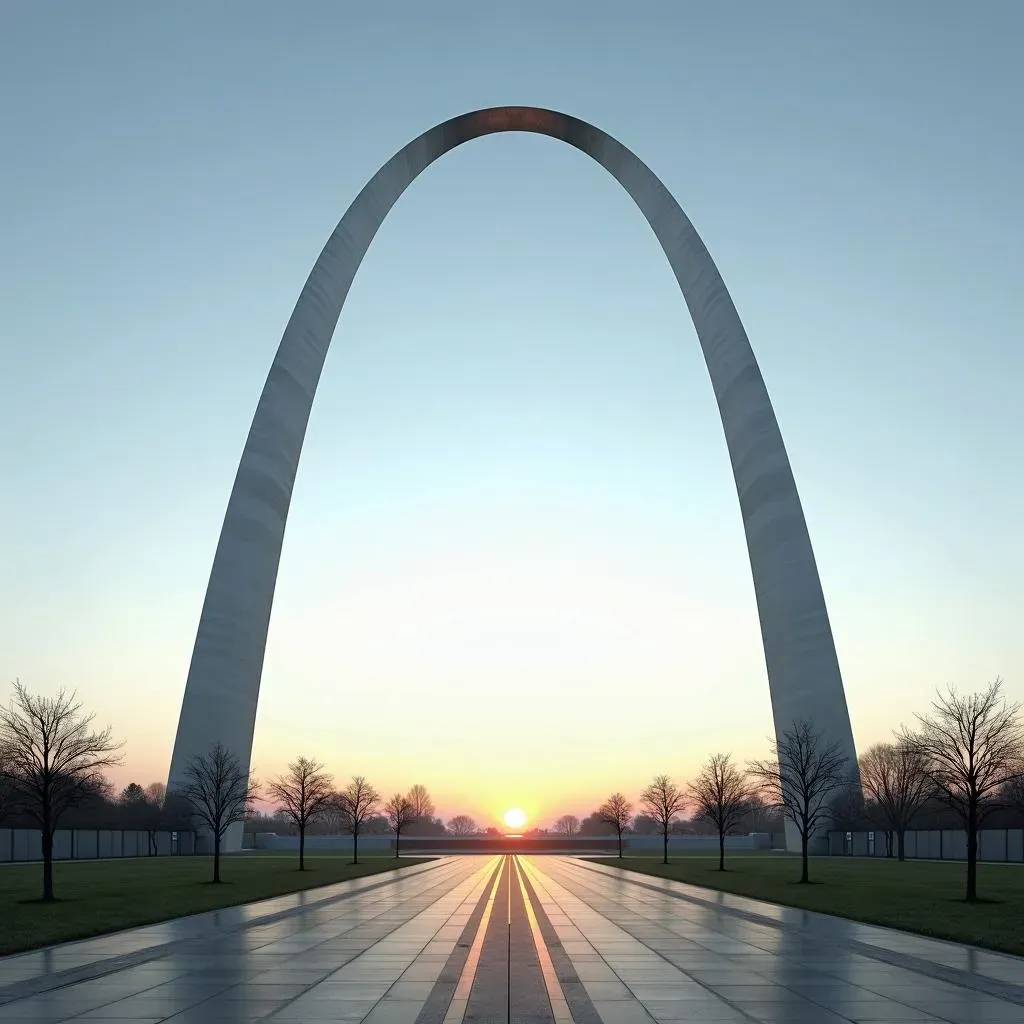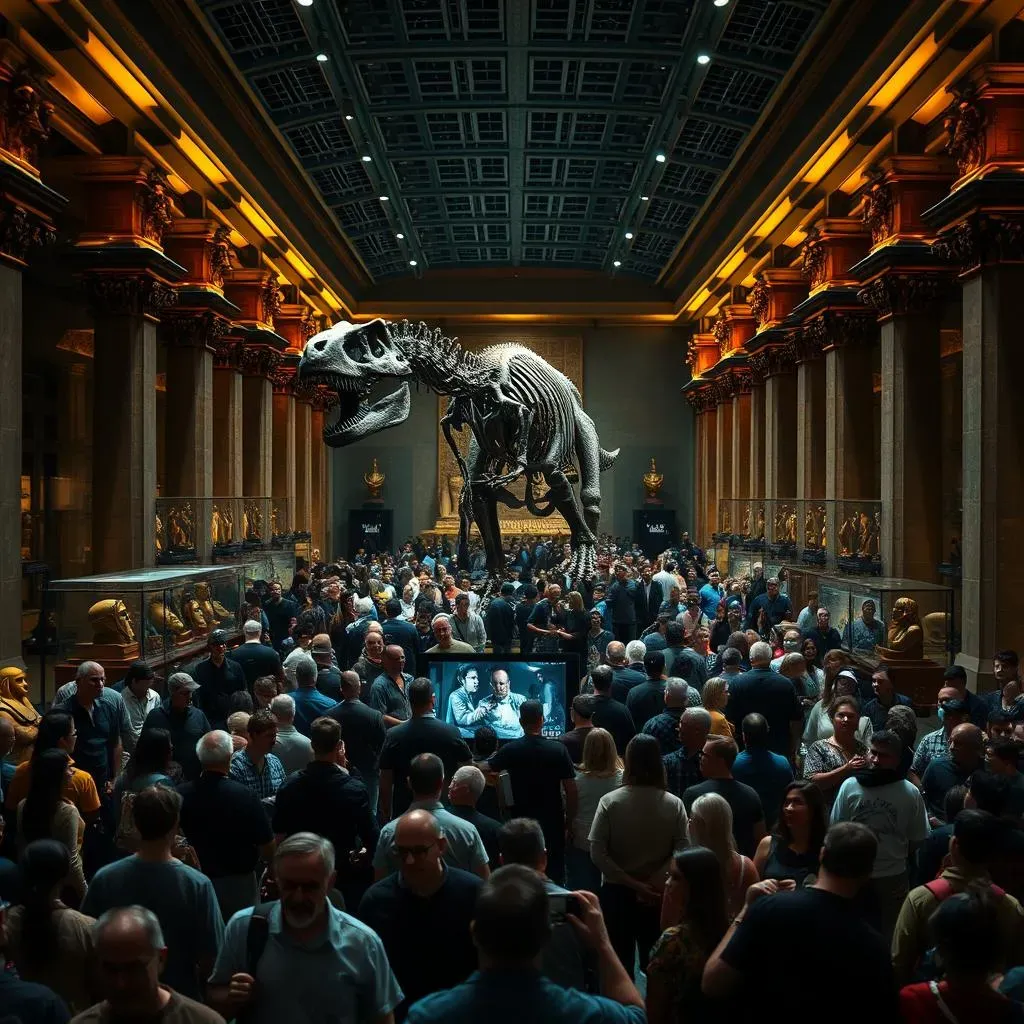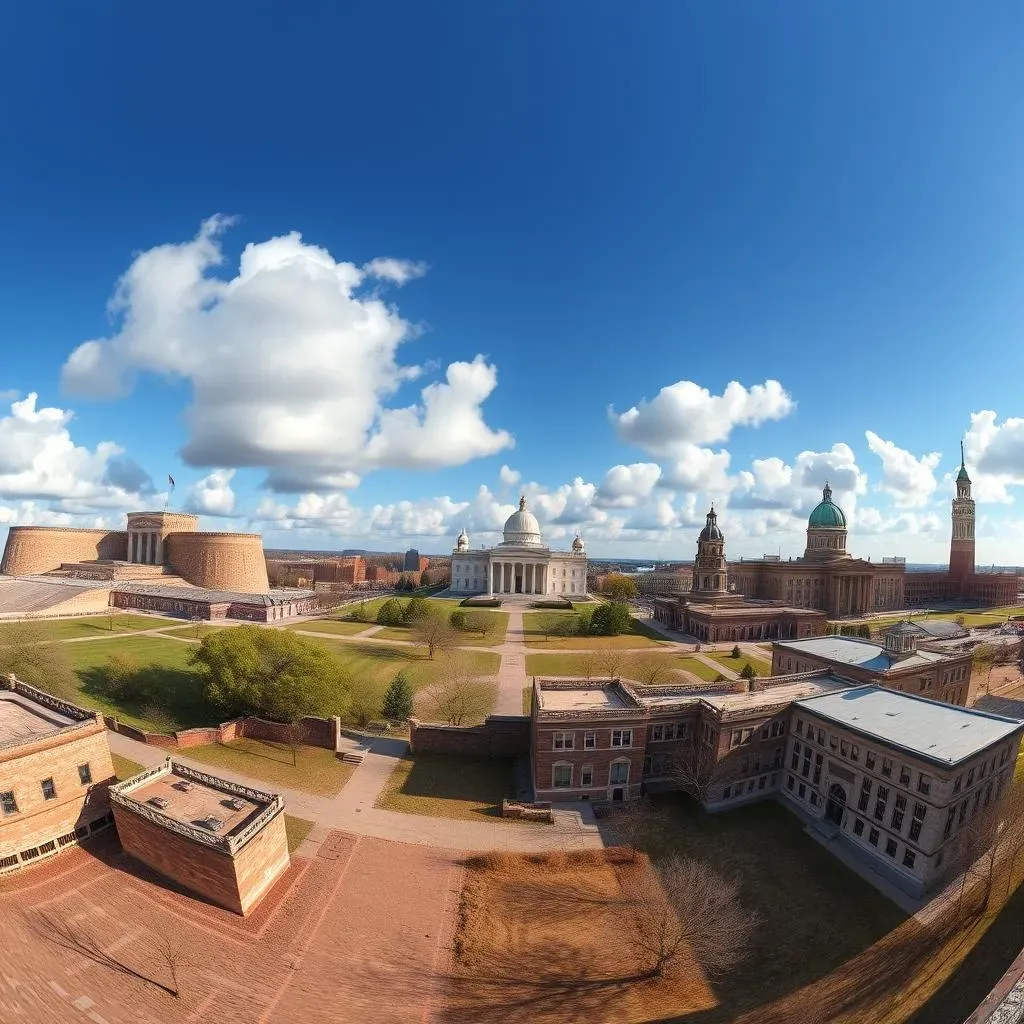Table of Contents
Welcome to our in-depth guide to the best historical landmarks in the Midwest! The Midwest region of the United States is a treasure trove of history, from ancient Native American earthworks to iconic monuments that symbolize the nation's growth and development. In this article, we will delve into the most fascinating and historically significant landmarks in the Midwest, exploring their stories, significance, and the experiences they offer to visitors. Our journey will take us to towering arches, ancient mounds, and world-class museums, each shedding light on a different chapter of American history. Whether you are a history buff, a curious traveler, or simply looking to discover the hidden gems of the Midwest, this article is your perfect guide. So, let's embark on this thrilling adventure through time and explore the best historical landmarks in the Midwest!
Gateway Arch: An Iconic Symbol of American History

Gateway Arch: An Iconic Symbol of American History
Design and Construction
The Gateway Arch is a 630-foot-tall stainless steel monument located in St. Louis, Missouri. Its design was chosen from a competition held in 1961, with architect Eero Saarinen's proposal selected as the winner. The arch is a perfect catenary curve, its shape inspired by the Gateway Arch's name and its purpose as a symbol of the westward expansion of the United States.
The construction of the arch began in 1963 and took nearly three years to complete. It was officially opened to the public on October 28, 1965. The arch's design is not only aesthetically pleasing but also structurally sound, able to withstand strong winds and extreme weather conditions.
Height | Width | Material |
|---|---|---|
630 feet (192 meters) | 630 feet (192 meters) | Stainless steel |
Historical Significance
The Gateway Arch is not only an iconic symbol of American history but also a representation of the country's westward expansion. It is situated near the starting point of the Lewis and Clark Expedition, which aimed to explore the western territories of the United States in the early 19th century.
The arch also serves as a memorial to the pioneers who traveled westward, facing numerous challenges and hardships along the way. It is a tribute to their courage, resilience, and determination to explore and settle the vast territories of the United States.
Visitors to the Gateway Arch can take a tram ride to the top for a breathtaking view of the city and the Mississippi River. The arch is also surrounded by a museum and a memorial garden, which provide additional insight into its history and significance.
Exploring the Ancient Mounds and Earthworks of Cahokia Mounds State Historic Site

Exploring the Ancient Mounds and Earthworks of Cahokia Mounds State Historic Site
History and Significance
Cahokia Mounds State Historic Site, located in Collinsville, Illinois, is the largest pre-Columbian earthen pyramid north of Mexico. It was the center of the Mississippian culture, which flourished from around 700 to 1400 CE. The site was once home to a thriving city of over 20,000 people, covering an area of approximately 4,000 acres.
Cahokia Mounds is not only significant for its size and historical importance but also for its preservation. In 1931, the site was declared a National Historic Landmark, and in 1982, it was designated as a UNESCO World Heritage Site. Today, the site is managed by the Illinois Department of Natural Resources and is open to the public for guided tours and self-exploration.
Famous Historical Homes to Visit in the US
Estimated Population | Total Area | Year Declared National Historic Landmark |
|---|---|---|
20,000 | 4,000 acres | 1931 |
The Mounds and Earthworks
Cahokia Mounds features over 120 earthen mounds, ranging from small ceremonial mounds to the massive Monks Mound, the largest pre-Columbian earthen pyramid in the Americas. The mounds were built by the Mississippian people using simple tools and techniques, showcasing their ingenuity and skill.
Some of the notable mounds include the Cahokia Mound, the Twin Mounds, and the Monks Mound. Visitors can explore the mounds through guided tours or self-guided exploration. Additionally, the site offers various programs and events that provide insight into the history and culture of the Mississippian people.
For those interested in learning more about the history and preservation of Cahokia Mounds, the site's visitor center offers a wealth of information. Exhibits and interactive displays provide an immersive experience, while the center's library and archives are available for research and study.
Haunted Historical Sites in Savannah
- Monks Mound
- Cahokia Mound
- Twin Mounds
Visiting Cahokia Mounds State Historic Site
Visitors to Cahokia Mounds State Historic Site can explore the mounds, earthworks, and visitor center, as well as participate in various programs and events. Guided tours are available, offering detailed information about the site's history, culture, and significance.
For those who prefer self-exploration, the site offers a self-guided tour brochure and map. Additionally, the site's museum store offers a variety of books, souvenirs, and educational materials related to the Mississippian culture and Cahokia Mounds.
While exploring Cahokia Mounds, visitors can also learn about the site's preservation efforts. The Illinois Department of Natural Resources works diligently to protect the mounds and earthworks, ensuring their preservation for future generations.
Best Historical Landmarks in the Midwest
Guided Tours | Self-Guided Tours | Museum Store |
|---|---|---|
Available | Available | Open daily |
Discovering the Rich History of the Midwest at the Field Museum

Discovering the Rich History of the Midwest at the Field Museum
Introduction to the Field Museum
The Field Museum, located in Chicago, Illinois, is one of the largest natural history museums in the world. Founded in 1893, the museum has a long history of collecting and preserving natural and cultural artifacts from around the globe. The museum's vast collection includes over 24 million specimens and artifacts, making it a treasure trove of knowledge for anyone interested in history, science, or culture.
The Field Museum is home to some of the most famous and iconic exhibits in the world, including Sue, the largest and most complete T. rex skeleton ever found. The museum also has an extensive collection of ancient Egyptian artifacts, including mummies, sarcophagi, and other treasures from the tombs of pharaohs.
Year Founded | Number of Specimens and Artifacts | Location |
|---|---|---|
1893 | 24 million | Chicago, Illinois |
Exploring the Midwest's Rich History
The Field Museum offers a wealth of information about the history of the Midwest, from the earliest Native American cultures to the present day. The museum's collection includes artifacts and exhibits related to the region's indigenous peoples, early European explorers, and the pioneers who settled the area.
One of the museum's most popular exhibits is the "Ancient Americas" gallery, which features artifacts and interactive displays that explore the cultures and traditions of the indigenous peoples of North and South America. Visitors can see mummies, pottery, and other artifacts from the ancient civilizations of the region.
The museum also has a collection of historical artifacts related to the development of the Midwest, including tools, furniture, and clothing from the 18th and 19th centuries. These artifacts provide a glimpse into the daily lives of the people who lived and worked in the region during this time period.
Native American Heritage Day Trips in New Mexico
- Ancient Americas gallery
- Collection of historical artifacts
- Interactive exhibits
Special Exhibits and Events
The Field Museum regularly hosts special exhibits and events that showcase the rich history and culture of the Midwest. These exhibits often feature artifacts and interactive displays that provide a unique perspective on the region's past and present.
One of the museum's most popular special exhibits is the "Diorama Hall," which features life-sized dioramas of various ecosystems from around the world, including the Midwest. Visitors can see realistic depictions of the region's flora and fauna, as well as the people who lived and worked in these environments.
The museum also hosts a variety of events and programs related to the history and culture of the Midwest, including lectures, workshops, and reenactments. These events provide a unique opportunity for visitors to learn about the region's rich heritage and to interact with experts and enthusiasts.
Unique Historical Experiences in San Francisco
Special Exhibit | Location | Duration |
|---|---|---|
Diorama Hall | Field Museum | Permanent exhibit |
